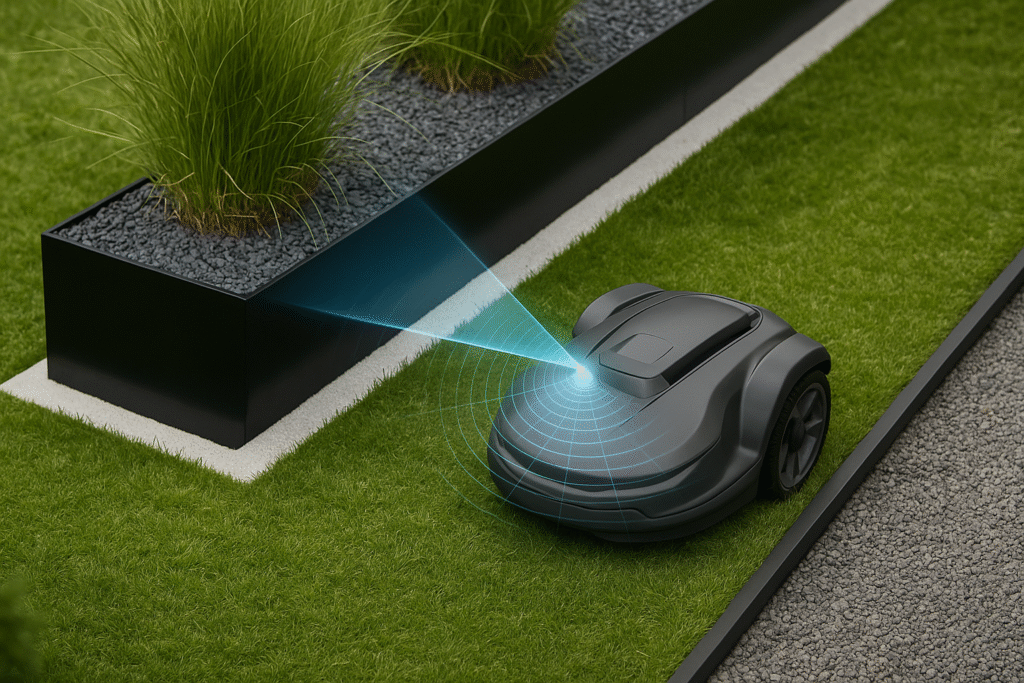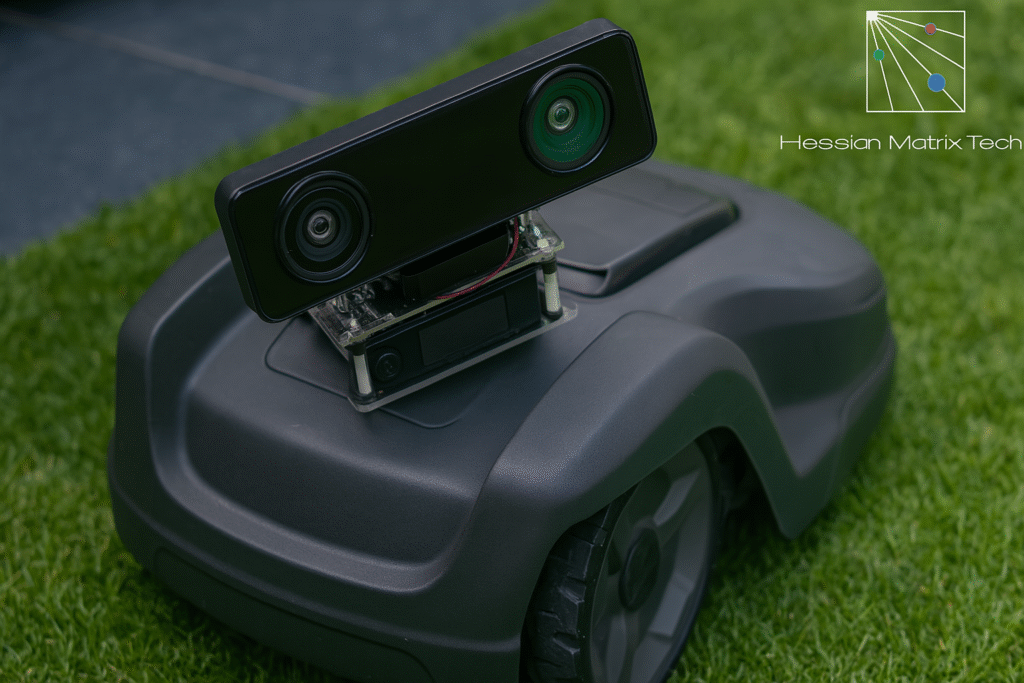Unlock Safer, Cleaner, and Smarter Lawn Mowing with Vision AI

Modern lawn mowers are no longer just simple mechanical tools. With the rising expectations for efficiency, safety, automation, and user comfort, the lawn care industry has embraced advanced electronics, smart sensors, vision AI, and precision engineering. These innovations improve mowing performance, reduce emissions, and enable features such as self-driving navigation, blade speed regulation, terrain adaptation, and intelligent visual recognition systems for enhanced accuracy.
However, as lawn mowers become more sophisticated, so do the challenges in manufacturing and quality control. Detecting defects early, maintaining consistent assembly quality, and ensuring long-term durability are more difficult than ever. Traditional inspection methods often fall short—making it crucial to adopt smarter, AI-driven inspection solutions.

The Complexity of Modern Lawn Mower Components

Today’s lawn mowers—especially robotic and commercial-grade models—integrate numerous critical components:
- Brushless motors and control PCBs
- Lithium-ion battery packs
- GPS, lidar, and ultrasonic sensors
- Water-resistant electronic housings
- Multi-speed blade control modules
Each component must function reliably in harsh outdoor environments: heat, dust, moisture, and vibration. Even minor production defects, such as misaligned housings, poorly soldered joints, or microcracks in circuit boards, can lead to product failures, recalls, or safety hazards.
To meet strict quality standards and customer expectations, manufacturers must detect subtle flaws, verify complex assemblies, and ensure traceability across production lines.

What Vision AI Looks Like

Advanced machine vision systems can handle these challenges using the GIGI framework: Guidance, Identification, Gauging, and Inspection.
- Guidance – Direct robotic arms to install or align motors, wiring, and protective covers with sub-millimeter accuracy.
- Inspection – Detect blade deformation, housing cracks, damaged cables, or sensor misalignment before final assembly.
- Gauging – Measure blade angle, axle spacing, or housing fit tolerances to ensure performance and safety.
- Identification – Read QR codes, serial numbers, or etched part numbers for full traceability.
These capabilities ensure every lawn mower unit meets design specs and reduces the risk of defects leaving the factory.

Smarter Inspection for EV-Style Mowers



Battery-powered mowers—especially robotic models—are growing in popularity due to low noise and eco-friendly performance. These products often share design similarities with electric vehicles: power controllers, cooling systems, sensor fusion, and complex wiring harnesses.
Machine vision systems help by:
- Verifying the integrity of battery welds and cell alignment
- Inspecting PCB solder quality under conformal coatings
- Checking waterproof seals using 3D vision or thermal cameras
- Automatically rejecting misrouted cables or reversed polarity
With smarter inspection, manufacturers can balance performance and safety while reducing the risk of fire, shutdown, or malfunction.

Solving Manufacturing Pain Points

1. Detecting Subtle and Variable Defects
Defects such as stress fractures, PCB warpage, or coating bubbles are difficult to spot using rule-based systems. Deep learning-powered vision systems overcome this limitation by training on thousands of images labeled as “good” or “bad.” Over time, they learn to distinguish subtle variations and reject flawed components without human intervention.
2. Reducing False Scrap
When high-value parts like brushless motors or smart controllers are falsely rejected, it leads to avoidable material waste and cost overruns. Smarter inspection systems reduce false positives by learning to recognize acceptable anomalies (e.g., harmless discoloration) from critical failures.
3. Enabling Faster Changeovers
As lawn mower designs evolve, production lines must adapt quickly to new models, motor types, or sensor arrangements. Traditional inspection setups require extensive reprogramming and testing.
AI-powered vision systems, however, support flexible retraining and auto-configuration. This helps manufacturers:
- Shorten changeover time for new product introductions
- Avoid expensive downtime between models
- Scale inspection across global sites

Time-to-Market & Cost Benefits

Implementing intelligent inspection solutions leads to tangible business outcomes:
- Reduced rework: Less labor and fewer production delays
- Faster troubleshooting: Real-time alerts and diagnostics
- Fewer warranty claims: Increased brand trust and user satisfaction
- Improved traceability: Easier recalls, audits, and repairs
- Leaner inventory management: Predictable defect trends and part yields

How RoboBaton Supports Smarter Lawn Mower Manufacturing



In the process of smart lawn mower production, it’s essential to have a vision solution provider who understands both cutting-edge technology and real-world application needs. RoboBaton is such a partner.
RoboBaton offers accurate and stable 6DOF spatial sensing capabilities for various intelligent devices, eliminating the need for manufacturers to develop complex sensing algorithms themselves. By fusing fisheye stereo cameras with IMU sensors, RoboBaton systems deliver stable, continuous indoor and outdoor navigation with decimeter-level precision, adaptable from garden robots to lightweight unmanned platforms.
What’s more, RoboBaton systems automatically output perception data—including depth maps, pose information, and 3D maps—based on environmental context, empowering lawn mowers with robust obstacle avoidance, mapping, and autonomous planning functions.









Add comment